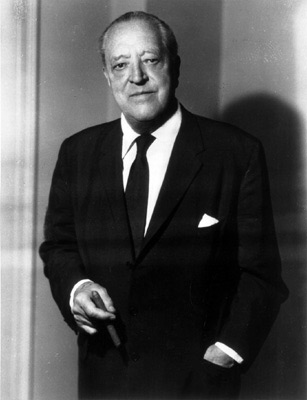There are three dermatological diseases for which patients are put on protocols of long-term (chronic) corticosteroid use; they are psoriasis, seborrheic dermatitis, and atopic dermatitis. Chronic steroid usage continues daily, weekly and yearly in many of the patients. In my experience all of the chronic users become addicted to the corticosteroids after varying periods of time.
For many decades psoriasis patients volleyball aufwaermen developed Red Skin Syndrome (RSS) and exfoliative dermatitis after prolonged topical steroid usage. If systemic steroids either intramuscular or oral were administered the process was hastened. The patients developed “pustular” psoriasis, total body erythema, burning skin, edema, and skin ooze. All were blamed on their “bad” psoriasis.
Less is more.
An array of drugs were given to control this severe explosive psoriasis. Anti-mitotic, immunosuppressive, biological and other potentially dangerous medications were now being given for long-term usage. The long-term effects of these drugs is not fully known but lymphoma, cancer and severe infections have already been reported. These treatments were never necessary before the widespread usage of steroids.
Seborrheic dermatitis beginning with only a minor mild para-nasal erythema can eventuate into severe facial erythema, rosacea-like symptoms, severe unrelenting facial burning and at times suicidal ideations with the continual usage of steroids. Addiction again. The cause is unrecognized by physicians and more steroids are prescribed.
Our focus group – atopic dermatitis (eczema) performs exactly the same as psoriasis and seborrheic dermatitis when steroids are continually used. Addiction again. These patients suffer the most, probably because they usually apply the steroids over their entire bodies and for very long periods of time. Also systemic steroids are more widely administered to them.
So, why is this addictive problem not recognized? Addiction is not recognized because doctors would necessarily have to acknowledge their participation in the development of the addiction, patients would necessarily have to undergo the difficult painful process of withdrawal, the pharmaceutical companies would not be able to introduce new drugs to a large group of patients, and in our pharmaceutically driven culture everyone would prefer the easy quick fix. Change is always difficult. The easy path is not always the right path but only the difficult path of complete withdrawal from steroids offers cure.







